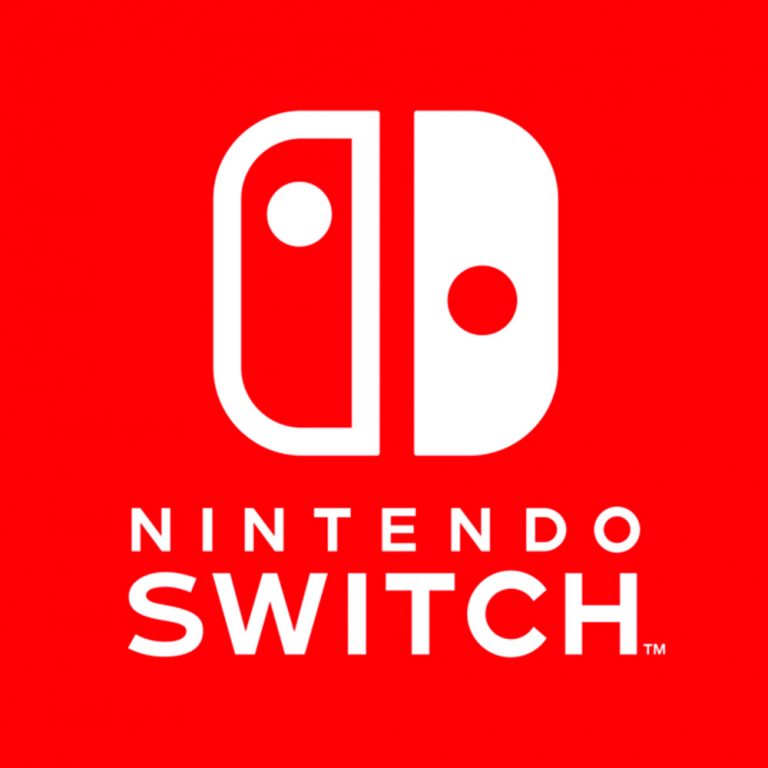
Matthew Lee
Video Games Columnist
Nintendo unveiled a brand-new console to the world in a video trailer titled “First Look at Nintendo Switch” on Oct. 20. The video received 16 million views on YouTube within three days after its announcement. Nintendo’s reveal of the Switch was brilliant and the showcasing video introduced many cool aspects as well as uses for the device.
The Switch itself is unlike anything ever created in the gaming world, bringing a lot of unique ways of gaming to the table. The Nintendo Switch is hard to describe with words, but it can be labelled as a hybrid handheld and stationary console. This may be difficult to imagine since we’ve been stuck with either handheld consoles, such as the Nintendo 3DS, or traditional stationary consoles, such as the Xbox ONE or Playstation 4. However, Nintendo really combined the best of both worlds to design a product that can function one way or another.
The way it works is by using a concept of detachable parts. The Switch comes in five pieces: the stationary base, the portable screen, and two nearly identical controller modules, which can be attached with a connector. If you desire to play in your living room, the stationary base connects to the TV, making it possible to use the two controllers separately or together to play wirelessly on a couch. If you want to go portable, you can use the portable screen as the display source and the two controllers wirelessly, or attach them to the screen to play the Switch as one unit. Nintendo’s hit video provides a visualization of the Switch in action.
There are tons of possibilities with the Nintendo Switch. It’s truly a console that will bring a lot of changes in quality of life. Not only do you have one console for at-home and portable gaming, but you can also play wirelessly without any extra accessories. However, the best aspect of the Switch is that two people are able to play certain games out-of-the-box by utilizing the detachable, wireless controllers. For years, players have had to convince friends to buy identical consoles and games to experience cooperative gaming, but Nintendo has eliminated that problem, introducing simple and quick multiplayer gaming both on-the-go and in the comfort of your own home.
This is truly a breakthrough in Nintendo’s arguably dry console experience. After the hype of the Wii and Wii U died down, there wasn’t much going for Nintendo because young adult audiences preferred either Xbox, Playstation, or PC gaming. Additionally, the Wii and Wii U were primarily geared toward casual and family-friendly gamers and lack the broad catalogue of games the aforementioned consoles offer.
However, we all know the experience of wanting to play Mario Kart or Super Smash Brothers with the homies when nostalgia comes knocking on our door. The Nintendo Switch offers portable and convenient party gaming without the hassle of setting up a TV or struggling with cords or multiple batteries. The efficiency and quickness of the Nintendo Switch is the real selling point for the device and I believe this will elevate the bar for other creative competition, such as Microsoft’s attempt to make a motion capture gaming device with the Kinect to compete with the Wii. Among all other things, the Nintendo Switch will certainly raise the interest of any gamer that enjoys playing classic titles with their friends.
There’s a lot going for the Nintendo Switch, but there are some roadblocks to conquer and many questions to be answered. Nintendo struggles to maintain young adult audiences because many desire titles which aren’t available for their devices. For example, anticipated games such as Mortal Kombat X, Overwatch, and Metal Gear Solid 5 were not available for the Wii U. Instead, Nintendo owns a monopoly on casual games like the Mario, Pokemon, Legend of Zelda, and Smash Brothers franchises. As a gamer that enjoys both casual and somewhat competitive games, I would really like to see Nintendo reach out to the more mature and experienced audience, rather than solely catering to a new generation or casual gamers.
Additionally, portability is great in theory, but what is the battery life for the Nintendo Switch outside of stationary mode? Wireless products have the drawback of a mandatory battery and I’m sure many gamers desire a strong battery life to quench their desire in those long gaming sessions.
Furthermore, how durable is the device? We all know the feeling of cracking a screen on a cell phone or denting a GameBoy or DS – the Nintendo Switch appears to be fragile and sleek. Additionally, handheld consoles tend to heat up when attempting to process graphically-intensive games. With new age titles containing increasingly demanding graphics, would the Nintendo Switch be able to keep and establish itself as a reliable device for on-the-go gaming?
Lastly, virtual reality is an up-and-coming platform and in my opinion, many Nintendo games have the potential to be remastered in VR format. Would VR be a future option for the Nintendo Switch given its dual functions as portable and stationary? Will Nintendo attempt to revolutionize the already mind-blowing concept of virtual reality?
All-in-all, the Nintendo Switch seems very promising as a console that many will be intrigued by. Nintendo does have a reputation for introducing never-before-seen designs and concepts for their video game consoles. For example, the Wii was a phenomenon when it was revealed, as was the Nintendo DS.
However, longevity is an issue that Nintendo struggles with, as their games are usually repetitive, dry, and lacking in variety. Now that the Nintendo Switch has been unveiled, will it be a hot new hit or a flame that will quickly fade? We’ll find out in March 2017 when it hits the market.










